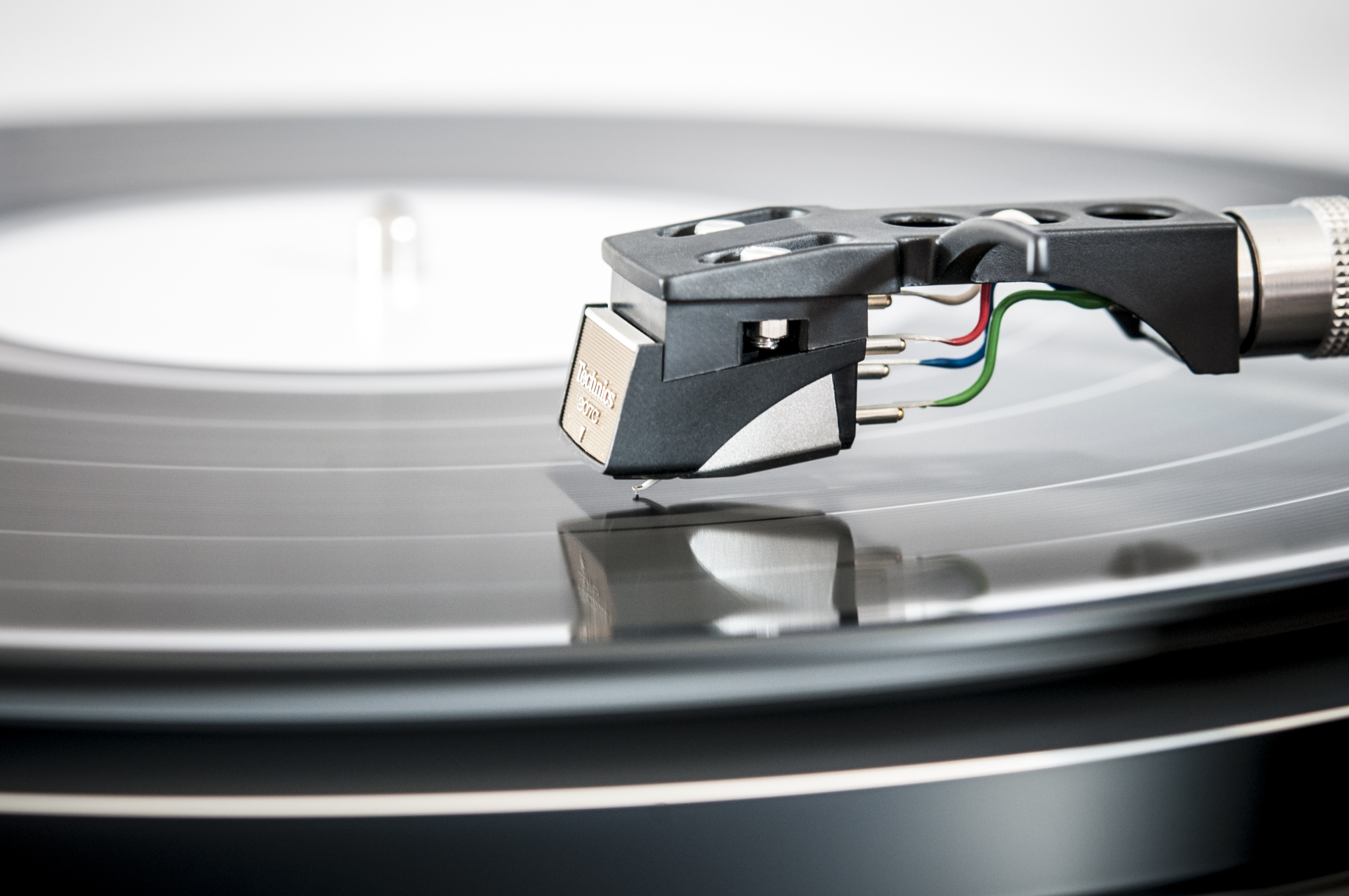 At the turn of the century, the music industry faced a cataclysmic downfall at the hands of the World Wide Web. Once an impenetrable vanguard of American innovation and the largest representation of the country’s culture and continued artistic endeavors worldwide, the industry of empires like Motown and Capitol Records was blindsided by the growth of internet downloads via file sharing in place of physical purchases, which created a culture of piracy too big to contain. Though record company executives and the US government increased their resistance to illegal downloading–slapping young students with hefty fines and jail time–the public had already made its decision about how it preferred to consume music, and those who made money from it were left figuring out how to meet them halfway.
At the turn of the century, the music industry faced a cataclysmic downfall at the hands of the World Wide Web. Once an impenetrable vanguard of American innovation and the largest representation of the country’s culture and continued artistic endeavors worldwide, the industry of empires like Motown and Capitol Records was blindsided by the growth of internet downloads via file sharing in place of physical purchases, which created a culture of piracy too big to contain. Though record company executives and the US government increased their resistance to illegal downloading–slapping young students with hefty fines and jail time–the public had already made its decision about how it preferred to consume music, and those who made money from it were left figuring out how to meet them halfway.
Fast forward more than a decade later and both parties have adapted. Piracy is down though sales have not have returned to their former glory. Still, music is very much digital and CDs are as obsolete as the vinyl before them (though that is also making a comeback among certain groups); however, it isn’t downloads that is keeping the industry afloat, it’s streaming.
Companies like Spotify, which boasts over 30 million paying listeners, have captured a growing audience which enjoys an on-demand musical experience, for which many are willing to pay. Taking notice of this opportunity, executives have increased their focus on developing mutually beneficial relationships with these services, and as a result, streaming has very quickly surpassed all other forms of consumption; here’s why:
- Smartphones
Computers were responsible for initial move to digital. The convenience of acquiring music with a few clicks of a button in the comfort of your own home was undoubtedly just as cunning as the ability to do so for free. That convenience has been heightened by the advent and proliferation of mobile phones. With a single touch, one can access his/her music anywhere in the world, be it at home or in the middle of a long commute to work. What’s more is that, with streaming, the music doesn’t have to be on the device itself. It can simply be enjoyed whenever and wherever, in mere minutes, thanks to mobile devices. - Variety
Similarly, the amount of material available through these services, from Apple Music to Google, are far greater than any one person could have on his own. Even the smallest companies hold millions of records in their catalogs, which are further updated with new releases, as they appear. The expansiveness of these libraries is incomparable anywhere else for the same price point, if at all. - Discovery
Radio used to be the place through which people learned of new music and new artists, but listenership for even the most popular stations has declined as things have become more digital. With streaming, however, listeners have a similar experience, through curated playlists and programs designed for this very purpose. It is a way to stay in the know about what’s up and coming in a format that’s most familiar.
These are just a few of the reasons why streaming accounts for more than 34% of industry revenue in the U.S., and why subscriptions have exceeded the $1 billion mark. Though the dependence on streaming and relatively meager royalties has drawn contempt from artists, the fact that people are willing to pay at all is a good sign for the medium’s future. Still, the other details, specially artist pay in this new economy, need to be figured out.
